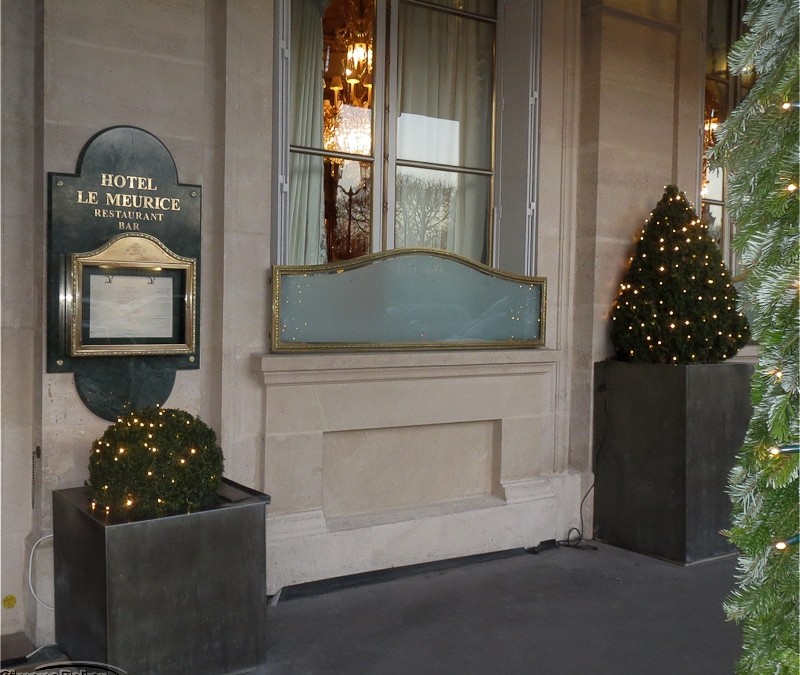
by Editor | Dec 1, 2013 | Europe, France, Paris, Simon and Baker Travel Review
For years I have liked the elegant dining room of Restaurant le Meurice in the eponymous hotel facing one of the city’s best known tourist streets. In 2013, famed chef Alain Ducasse was invited to oversee the food service at the hotel and restaurant. On our most recent trip to Paris, we had lunch there and were left with the impression that the restaurant has much promise.
Since our last visit we noticed subtle changes. For example, access to the restaurant was via the entrance foyer of the hotel rather than from the lobby lounge where it had been before. A new embroidered panel graced a section near the restaurant door, and Baccarat crystal art was in evidence in the dining room.
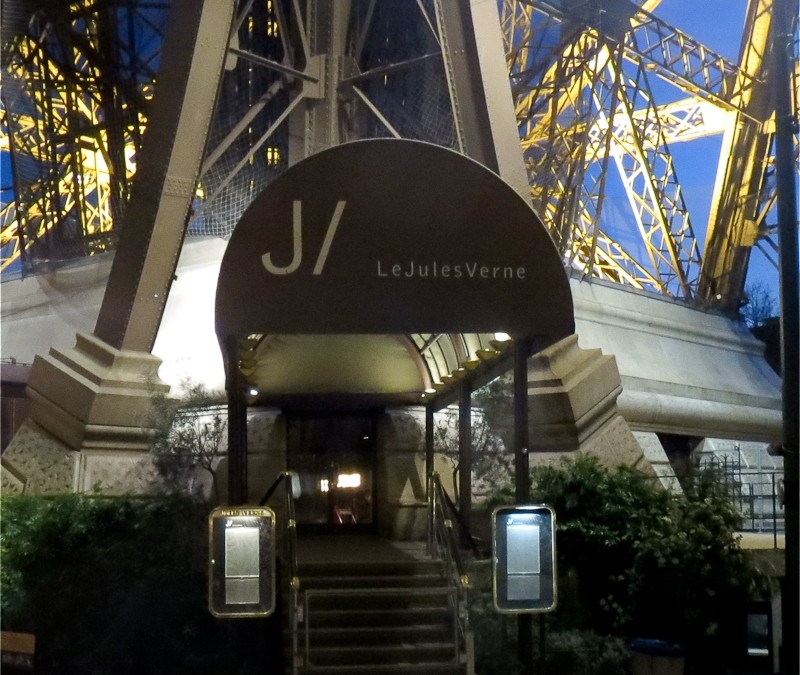
by Editor | Dec 1, 2013 | Simon and Baker Travel Review
As we approached the Eiffel Tower we realized we were in for a treat. The days long pattern of gray cloudy weather had broken. In its place, puffy clouds contrasted against a cerulean Parisian sky. Two uniformed staff members greeted us at the restaurant’s dedicated ground floor entrance past its understated brown awning. Once they confirmed our reservation for that day, we had to pass through a metal detector while one of the staff searched our personal belongings. The restaurant’s heated elevator, manned by another uniformed staff member, led us directly to a reception area where additional personnel greeted us, whisked away our winter coats and led us to a window side table with a metal bar in the middle and a striking view to the northeast.
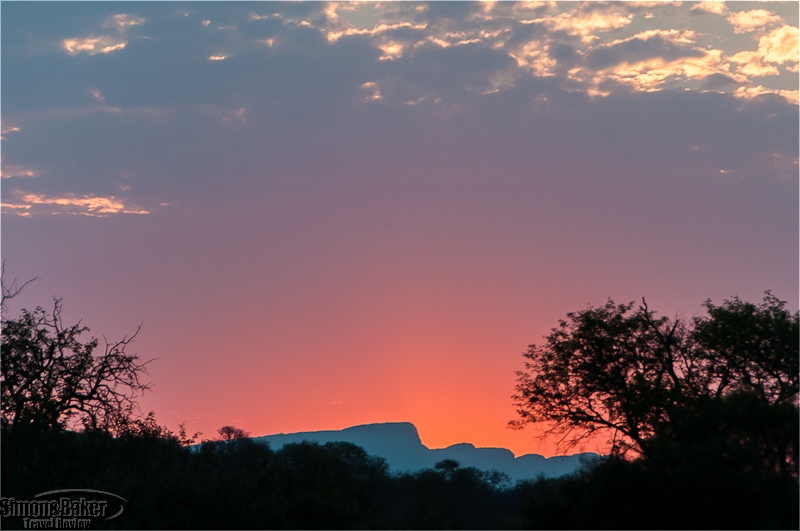
by Editor | Oct 1, 2013 | Africa, Kruger, Simon and Baker Travel Review, South Africa
Shumbalala is within the Thornybush Game Reserve, a private fenced game reserve near the southwestern boundary of South Africa’s legendary Kruger National Park. The Big Five (buffalo, elephant, leopard, lion and rhino), along with close to 150 species of mammals large and small, roam the reserve’s 14,000 hectares of bush. Although Shumbalala game viewing vehicles shared space with game viewing vehicles of 11 other properties on the reserve we seldom crossed paths with vehicles from other lodges. From the instant I passed through the gate of the Thornybush Game Reserve, the game viewing was indeed exceptional. No more than a 15 minute drive into it, the Shumbalala ranger who had welcomed me at the gate (no private vehicles were allowed in Thornybush) stopped within feet of a scene that made my eyes pop: white rhinos, a half dozen of them, snoozing in an untidy heap in the shade of a roadside tree.
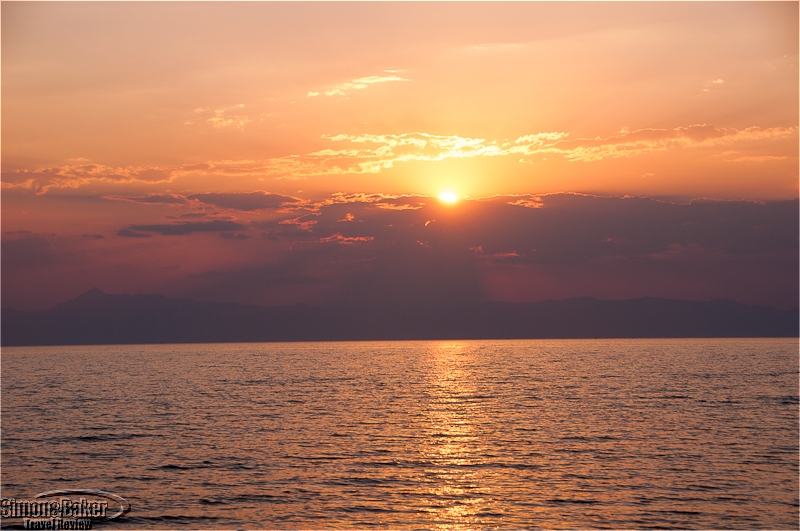
by Editor | Oct 1, 2013 | Africa, Lake Malawi, Malawi, Simon and Baker Travel Review
Located on the western side of Malawi’s Nankumba Peninsula, an area widely recognized as one of the most scenic around Southern Africa’s Lake Malawi, Pumulani was discretely tucked into a steep hillside. The only luxury property along the protected shores of the 9,400 hectare (36.30 square mile) Lake Malawi National Park and UNESCO World Heritage Center, Pumulani was designed by Dutch architect G. Hooft Graafland. In addition to a striking main lodge high on the hill and wide open to the endless lake vistas and the long aquamarine infinity pool below, he designed the property’s ten spacious rooms nestled into craggy granite outcrops around the hillside, each with a secluded private deck with lake views. Under their vegetal roofs of endemic grass meant to help offset their footprint and regulate their interior temperature, the rooms all but disappeared within their lush forest surroundings.
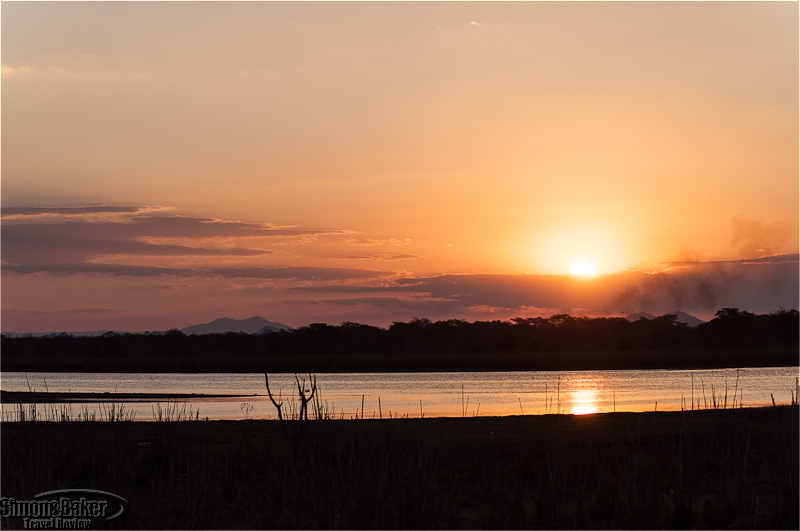
by Editor | Oct 1, 2013 | Africa, Liwonde, Malawi, Simon and Baker Travel Review
Stretched along the banks of the upper Shire River in southern Malawi, the 580 square kilometer (220 square mile) Liwonde National Park was known for its large population of hippos (mvuu in the local Tonga language). Located at the edge of a lagoon across the river from the park entrance, Mvuu Lodge could be reached only by boat. It immediately lived up to its name as we made our way across under the wary gaze of clustered periscope eyes from several hippo pods scattered around the water. Hippos were ubiquitous around the property as well, from large wooden sculptures in the lounge and guest tents to small beaded table ornaments.




